Project Bio Sub: Lloyd Godson’s Quest to Live Underwater (Patreon)
Content
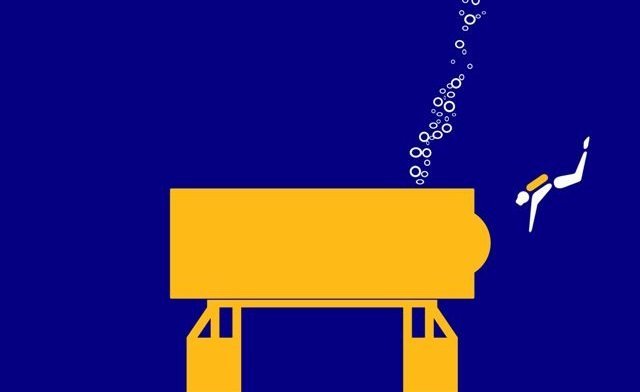
Source
I've blogged about underwater habitats before, but they were all government or corporate funded projects. Bio Sub is one of the few brought to fruition by an individual. Marine biologist Lloyd Godson conceived of Bio Sub 1 as a way to demonstrate fully bio-regenerative power and life support.
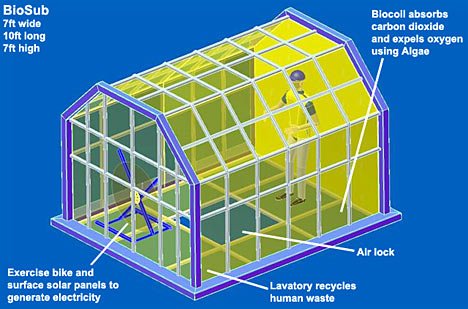
Source
The air would be kept fresh by an algae bio coil, a device donated by a local highschool's science classroom, which uses living algae to scrub CO2 from the air and turn it back into oxygen. The nitrogen also required to sustain the algae would come from Godson's urine.
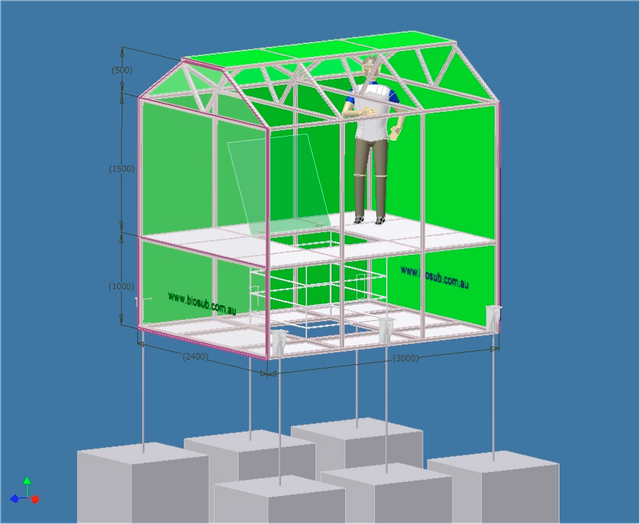
Source
Bio Sub 1 went through many design revisions, expanding it bit by bit to fit the essentials. The desire to keep it as small as possible owes to the unbelievable bouyancy of air, and the correspondingly huge amount of weight needed to hold that air underwater. Transporting the concrete blocks used for ballast would be one of the most difficult and costly aspects of the project.
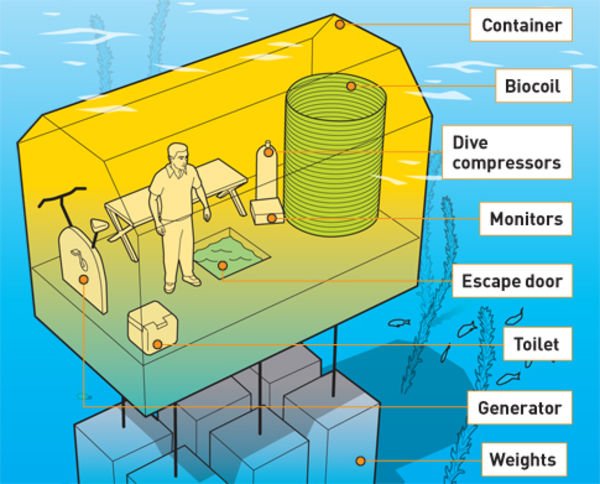
Source
The final design included an exercise bike paired to a dynamo. Along with floating solar panels, it would supply the habitat's electricity. Every day Godson would cycle for two or more hours to keep the batteries charged, which in turn would power the lights needed to nourish the algae.
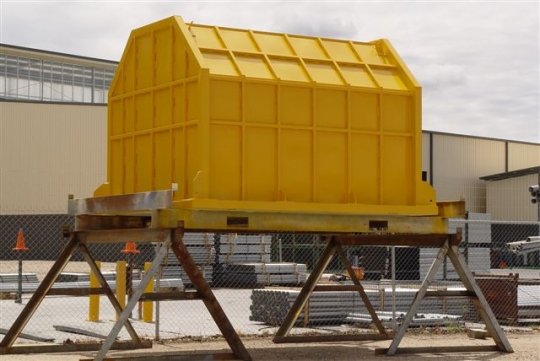
Source
Trigon Designs carried out the construction. Looking something like a cross between a small barn and a yellow shipping container, Bio Sub 1 didn't include any windows. Windows are potential points of failure, and Bio Sub 1 was strictly a test mule to prove a point about sustaining human life underwater.
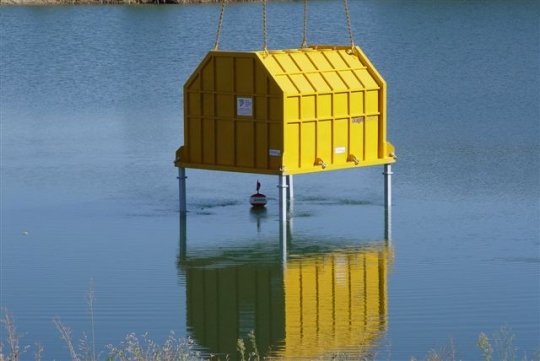
Source
Bio Sub 1 was then deployed into a flooded quarry where the world record attempt for self-sustained underwater living would take place. For 14 days, Godson lived in the tiny chamber. Cycling to replenish the batteries, and his laptop as well, which he used to Skype with classrooms around the country as part of an educational outreach.

Source
Meals were delivered to Godson through the moon pool in the habitat's floor. His metabolic requirements were naturally off the charts as he was cycling more per day than most of us do in a week. The combination of constant exertion and an oxygen deprived environment proved too much for Godson.
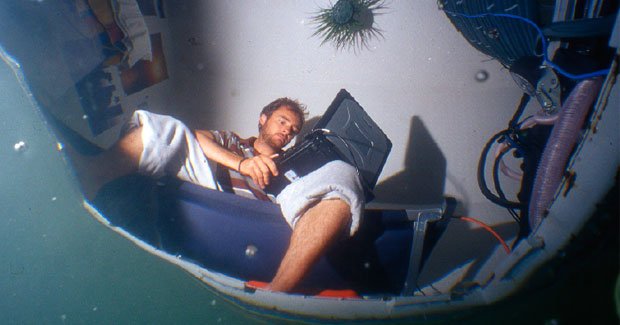
Source
The experiment had to be cut a few days short to attend to Godson's health. That didn't stop him from pursuing his next, improved underwater living project however. Bio Sub 2 would actually be smaller than the first, but much more visible to the public.
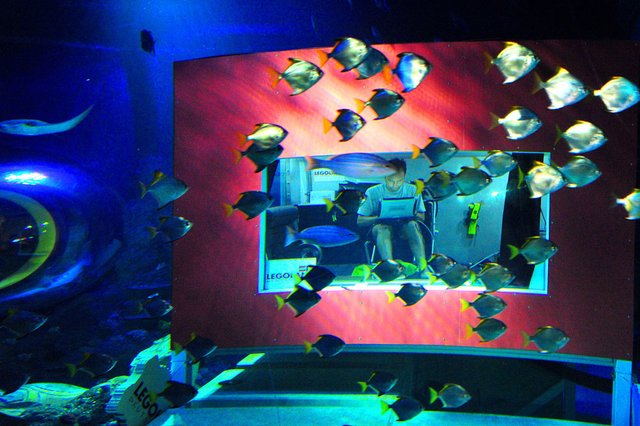
Source
Lowered by crane into the Legoland Germany aquarium. Bio Sub 2's big windows would allow visitors to spectate Godson's every day life as he went about his routine of eating, sleeping and cycling to generate power. Of course a curtain was included for privacy, and the internal camera watching Lloyd faced away from the commode.
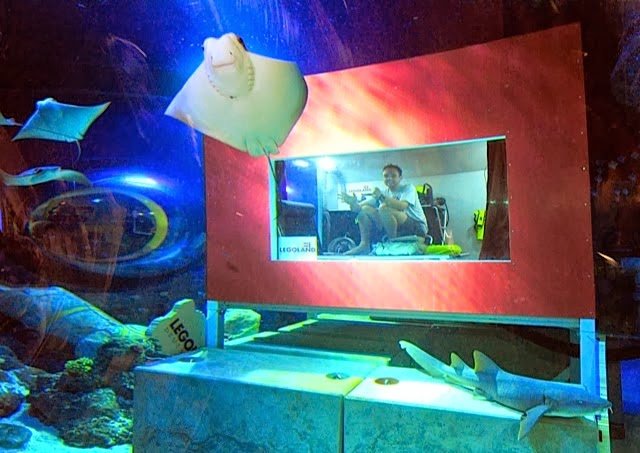
Source
This experiment also had to be cut short for health reasons, though fresh air was supplied via a pair of redundant air compressors. It may just be that prolonged periods of high exertion and hyperbaric conditions do not mix. Still, Lloyd didn't give up. Bio Sub 3 was, by that point, already on the drawing board.
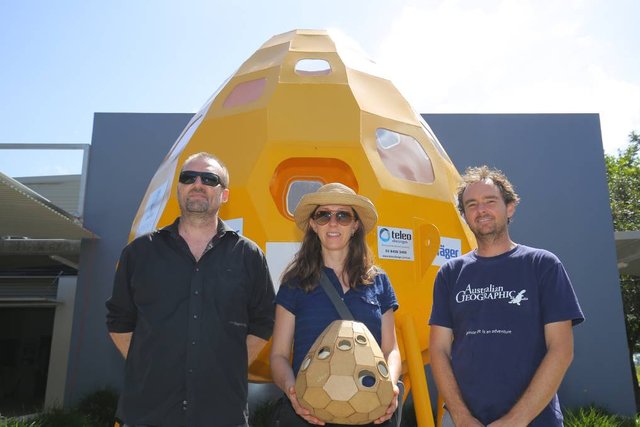
Source
Based on a sort of geodesic egg scale model built beforehand, Bio Sub 3 has yet to be put in the water. It has only just finished construction in fact, and is touring schools and museums before it is deployed. No exercise bike this time, notably. Essentially just a comfortable, live-aboard diving bell with many windows.
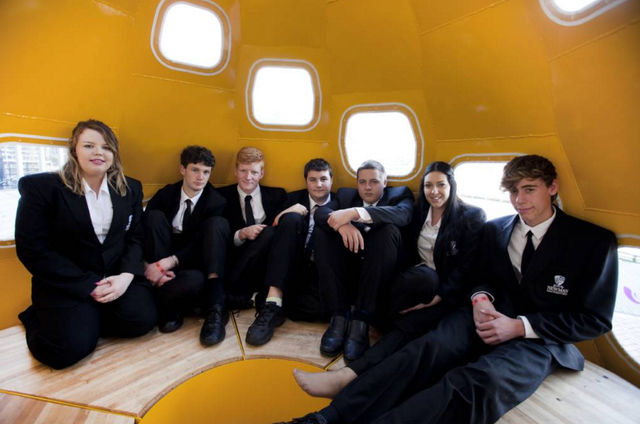
Source
Students who assisted in its construction can be seen above within the habitat, giving some idea of the interior space Lloyd will have to work with. The windows spiraling up the exterior like the double helix of DNA can be large and flat with no danger of imploding because the air pressure inside will be identical to the outside water pressure, as was also the case for Bio Sub 1 and 2.
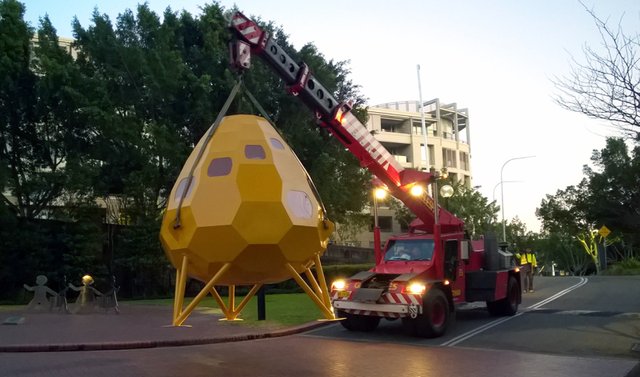
Source
As before, the ballast weight is a serious logistical problem. There is space under the floorboards for concrete to be poured in, occupying the lowest portion of the "egg" around the tunnel used to climb into/out of the structure. But that will only be done shoreside, in preparation for deployment.
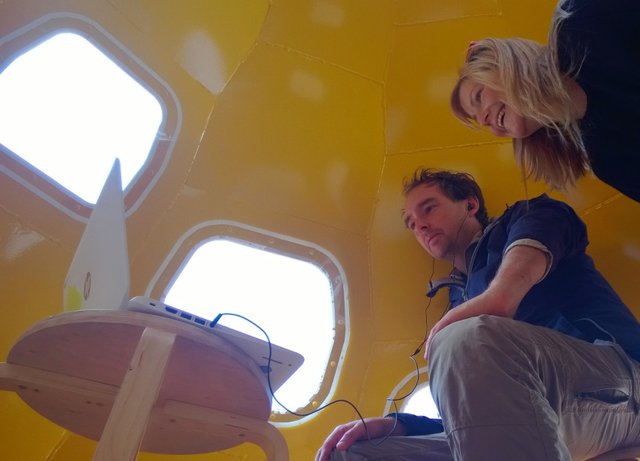
Source
As before, educational outreach will be a huge focus. Godson will skype classrooms around the country via a 4G connection on the surface support vessel which will also be supplying fresh air, electricity and hot water this time. Lloyd aims to double his prior mission length, remaining underwater for a full month this time.
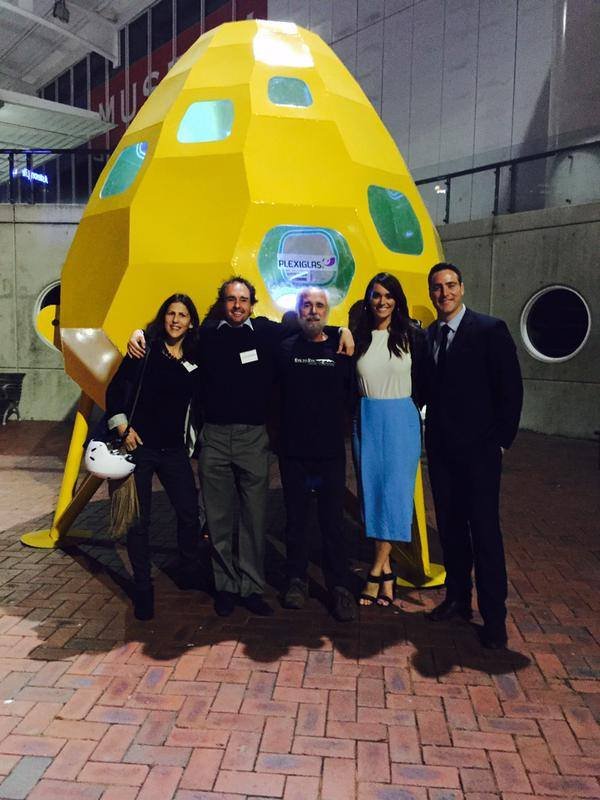
Source
Will his mission succeed? What will become of Bio Sub 3 afterward? I have contacted him and he assures me plans have been made to ensure that Bio Sub 3 does not meet the same fate as historical habitats that were torn apart to be sold for scrap metal after their missions completed.
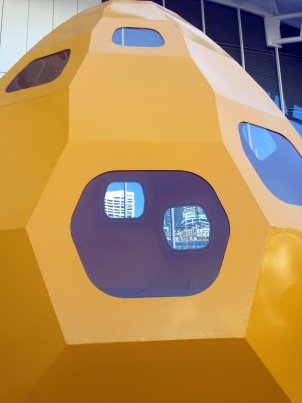
Source
Will the mission be a success? Or will physiological issues once again cut it short? The future of Bio Sub 3 has not yet been written. But with Godson's determination, the seafloor is the limit. There aren't many people today pushing the envelope when it comes to undersea living. With luck and ingenuity, it may be Godson who at last opens the way to the blue frontier.